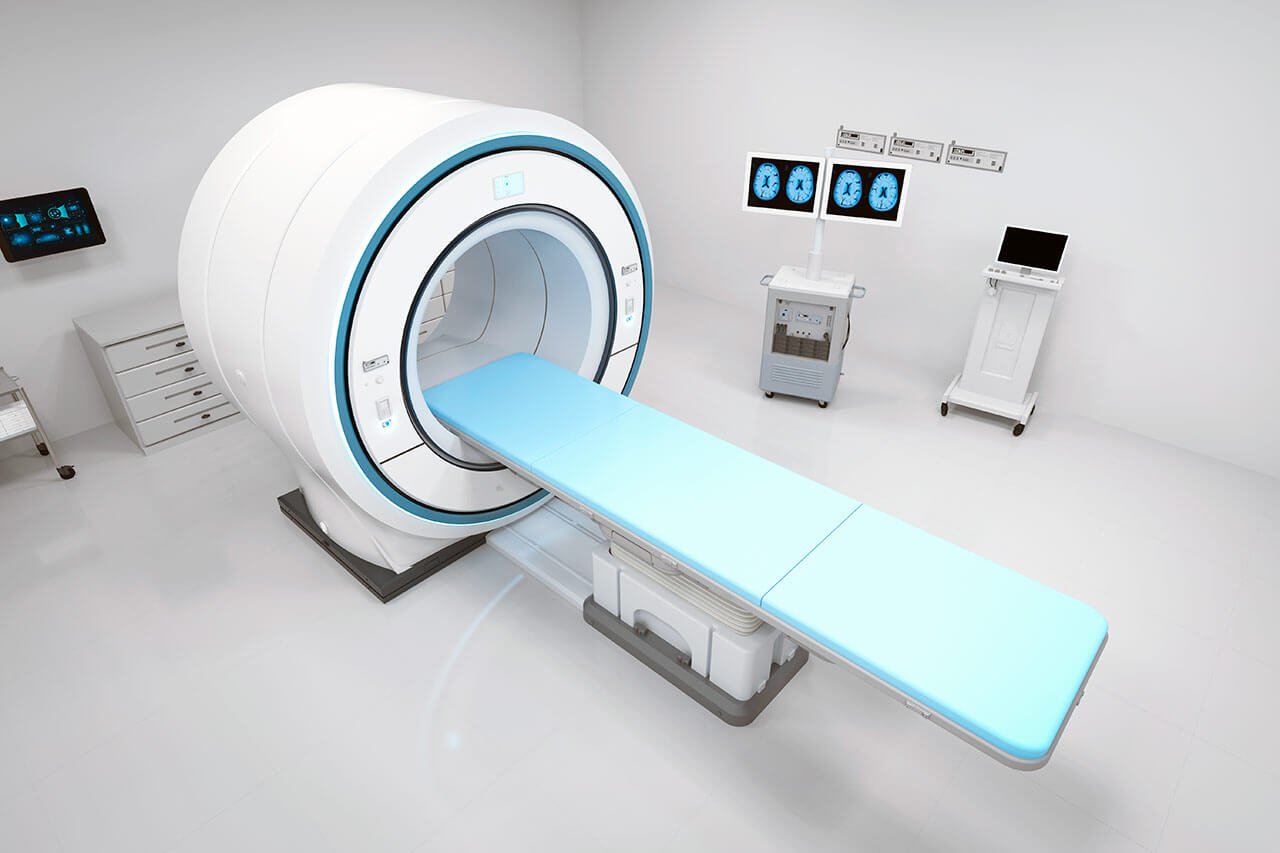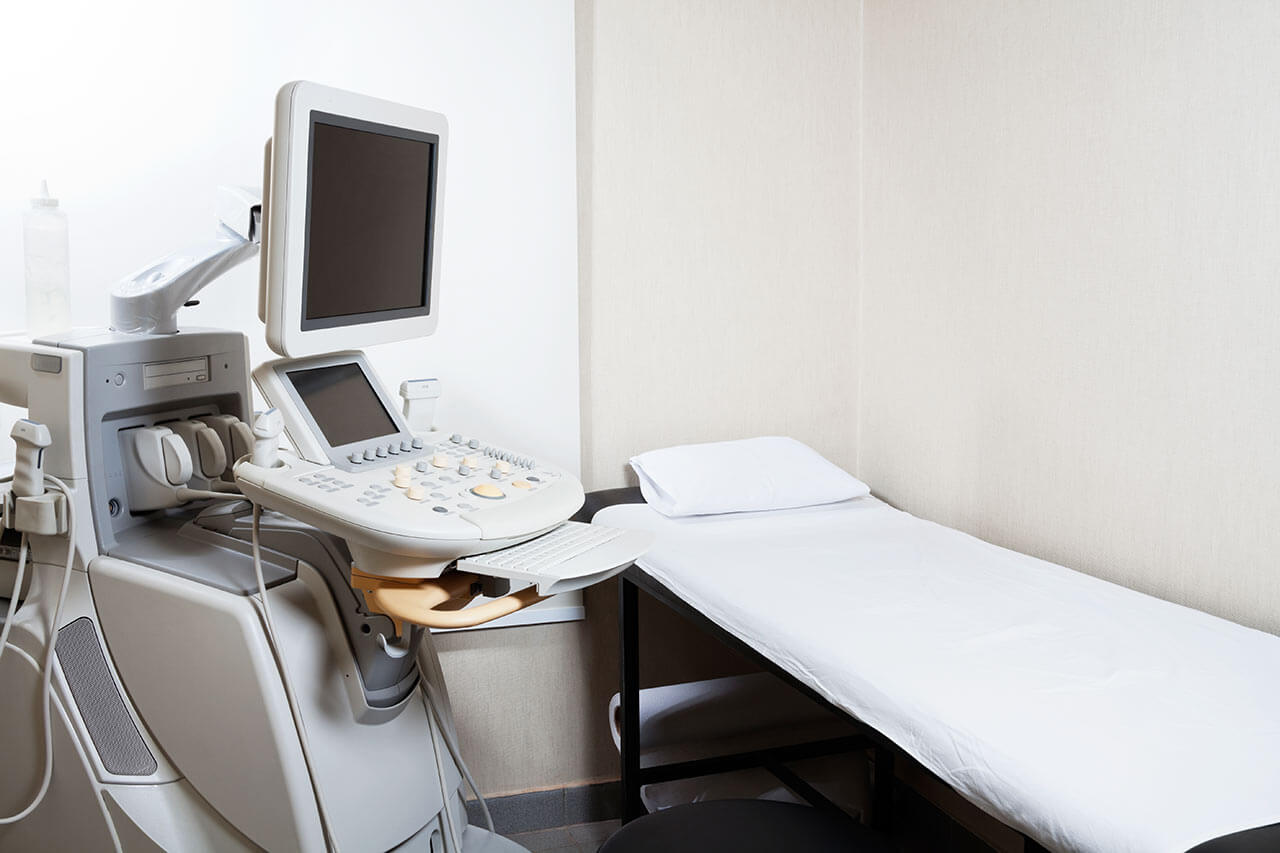
About the Department of Adult and Pediatric Ophthalmology at University Hospital Ulm
The Department of Adult and Pediatric Ophthalmology at the University Hospital Ulm offers modern diagnostics and treatment of diseases of the eye and its appendages. The main areas of the department's clinical activity include cataract surgery, vitreoretinal surgery, and the treatment of glaucoma, age-related macular degeneration, diabetic retinopathy, and eye injuries. The medical facility successfully performs corneal transplant surgery: DMEK lamellar keratoplasty (partial thickness corneal transplantation) and penetrating keratoplasty (full-thickness corneal transplantation). The department has a competent team of pediatric ophthalmologists who specialize in the treatment of retinopathy of prematurity, strabismus, amblyopia, nystagmus, eye injuries, and other eye diseases in children. The department also houses a Center for Intravitreal Therapy, where intraocular injections are performed for the treatment of macular and retinal diseases. Ophthalmologists have at their disposal state-of-the-art equipment, such as powerful laser systems, operating microscopes, ophthalmoscopes, refractometers, ultrasound devices, and many others. The department's specialists give preference to personalized care and apply the very latest therapeutic techniques that provide people with the opportunity to see the world in bright colors again. The Head Physician of the department is Prof. Dr. med. Armin Wolf.
One of the most common diseases in the department's clinical practice is glaucoma. Glaucoma is associated with a persistently increased intraocular pressure, which affects the optic nerve. Without timely medical attention, irreversible vision loss or even total blindness may occur. A diagnostic protocol for suspected glaucoma includes a general eye examination, intraocular pressure measurement, visual field testing, optical coherence tomography (OCT), and scanning laser polarimetry. Upon confirmation of the diagnosis, the department's specialists proceed with the development of an individualized treatment regimen. In the early stages of glaucoma, conservative treatment with eye drops to normalize intraocular pressure is prescribed. The second-line treatment is a laser procedure. If the above-mentioned methods fail to normalize intraocular pressure, the patient is offered surgical treatment: cyclophotocoagulation using classical surgical techniques, minimally invasive interventions with iStent inject® W and Kahook Dual Blade® implants, and bypass surgery with a PRESERFLOTM shunt or Ahmed® valve. The doctor determines the best type of intervention depending on the stage of glaucoma and associated ocular lesions.
Cataracts are also one of the most common eye diseases. This pathology causes partial or total clouding of the lens. The treatment of advanced stages of cataract involves surgical methods because conservative therapy is ineffective in such cases. The globally recognized surgery for cataract is ultrasonic phacoemulsification. With a microsurgical incision, doctors open the lens capsule and destroy it under the influence of ultrasound. Following this, an intraocular lens is replaced with an artificial one. If presbyopia or astigmatism is diagnosed during preoperative diagnostics, a special intraocular lens is selected, which makes it possible to eliminate cataracts and the above-mentioned visual impairments at the same time. Patients can thus get rid of several diseases during one operation.
The department's specialists have vast experience in the treatment of retinal detachment. This is a serious eye disease that may lead to total blindness. An effective treatment method for retinal detachment is a surgical intervention. In rare cases of incomplete detachment, laser photocoagulation may be used as well. "The gold standard" for surgical treatment of retinal detachment is vitrectomy. The intervention implies partial or total removal of the vitreous body. If an epiretinal membrane is detected on the retina, its peeling is simultaneously performed.
An important area of work for the department's ophthalmologists is the treatment of diabetic retinopathy. This disease is one of the most frequent complications of diabetes mellitus and may potentially lead to complete blindness. Until recently, diabetic retinopathy was considered an incurable disease, but now, ophthalmologists have in their arsenal effective methods that allow them to save the patient's vision. These include intravitreal (intraocular) injections of drugs, retinal laser coagulation, and vitrectomy.
The team of pediatric ophthalmologists is responsible for treating eye diseases in young patients. The department's doctors most often deal with such diseases in children as strabismus, amblyopia, nystagmus, retinopathy of prematurity, and neuro-ophthalmologic pathologies. Glasses or contact lenses are often sufficient to treat strabismus in children. Optical correction is aimed at eliminating focusing anomalies, which helps reduce the strain on the visual system and improve binocular vision. In addition to optical correction, the department uses orthoptic treatment. It is based on a complex of exercises aimed at training eye muscles and restoring the proper position of the eyeballs. The exercises help to strengthen the muscles responsible for eye movement and improve the coordination of their work. In rare cases, when conservative therapy is unsuccessful, pediatric ophthalmologists resort to the surgical correction of strabismus. Surgical treatment of strabismus in children may include correction of the position of eye muscles, operations on the eyeball, or repair of deformities. The department also successfully uses innovative methods such as botulinum toxin therapy. It is aimed at temporarily weakening the muscles that cause strabismus. This method can be used in combination with other therapeutic approaches to achieve the best results.
The department's range of medical services includes:
- Adult ophthalmology
- Treatment of glaucoma
- Conservative treatment with eye drops for intraocular pressure normalization
- Sparing laser procedures
- Surgical interventions: cyclophotocoagulation, placement of iStent inject® W and Kahook Dual Blade® implants, PRESERFLOTM shunt placement, and Ahmed® valve implantation
- Treatment of cataracts
- Ultrasound phacoemulsification with intraocular lens implantation
- Treatment of retinal diseases
- Intravitreal injections
- Retinal laser photocoagulation
- Vitrectomy (if necessary, in combination with epiretinal membrane peeling)
- Treatment of diseases of the conjunctiva, cornea, and anterior segment of the eye
- Laser surgical interventions
- Corneal cross-linking
- Descemet's membrane endothelial keratoplasty (DMEK)
- Penetrating keratoplasty
- Amniotic membrane transplantation
- Keratectomy
- Pterygium excision
- Reconstructive plastic surgery on the ocular surface after chemical burns, fire burns, or traumatic injuries
- Presbyopia correction
- Treatment of macular diseases
- Intravitreal injections
- Treatment of eye injuries
- Reconstructive eyelid surgery after eye injuries
- Reconstructive plastic surgery or corneal transplantation after eye injuries
- Reconstructive plastic surgery on the iris and pupil
- Treatment of diabetic retinopathy
- Intravitreal injections
- Laser photocoagulation
- Vitrectomy
- Treatment of strabismus
- Surgical repair
- Treatment of glaucoma
- Pediatric ophthalmology
- Treatment of retinopathy of prematurity
- Intravitreal injections
- Laser procedures
- Surgical interventions
- Treatment of congenital cataracts in children
- Treatment of congenital glaucoma in children
- Treatment of strabismus
- Treatment of amblyopia
- Treatment of neuro-ophthalmic diseases
- Treatment of nystagmus
- Treatment of retinopathy of prematurity
- Other diagnostic and therapeutic options
Curriculum vitae
Higher Education and Professional Career
- Medical studies at the Friedrich Schiller University Jena, the Autonomous University of Barcelona, and Ludwig Maximilian University of Munich.
- 2007 Thesis defense and board certification in Ophthalmology, University Hospital of Ludwig Maximilian University of Munich.
- 2007 Senior Physician, Department of Adult and Pediatric Ophthalmology, University Hospital of Ludwig Maximilian University of Munich.
- 2010 Deputy Head, Section for Ophthalmic Surgery, University Hospital of Ludwig Maximilian University of Munich.
- 2014 - 2020 Deputy Head, Department of Adult and Pediatric Ophthalmology, University Hospital of Ludwig Maximilian University of Munich.
- Since 2020 Head Physician, Department of Adult and Pediatric Ophthalmology, University Hospital Ulm.
Clinical Interests
- Cataract surgery.
- Vitreoretinal surgery.
- Treatment of eye injuries.
- Treatment of age-related macular degeneration.
Photo of the doctor: (c) Universitätsklinikum Ulm






